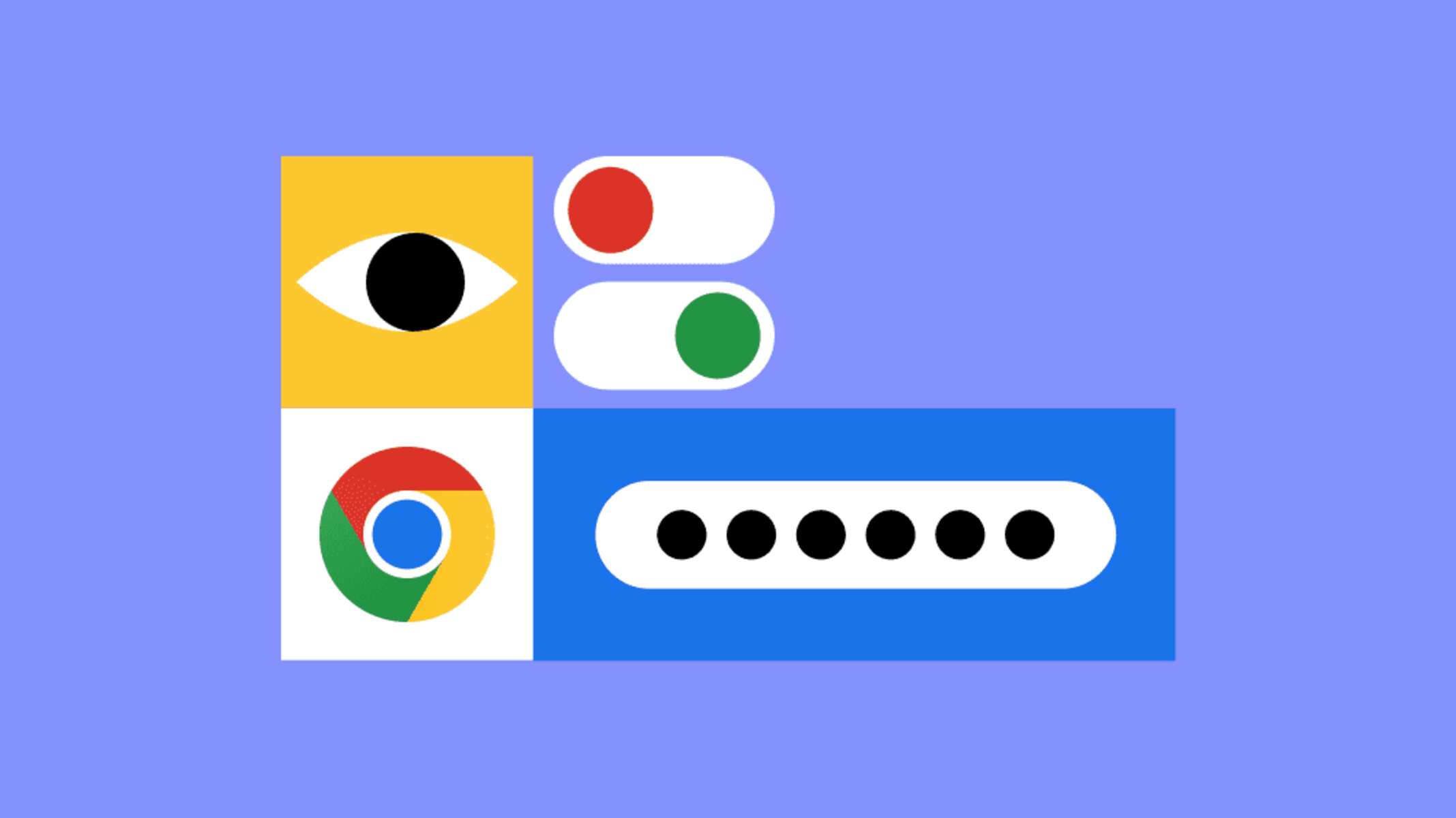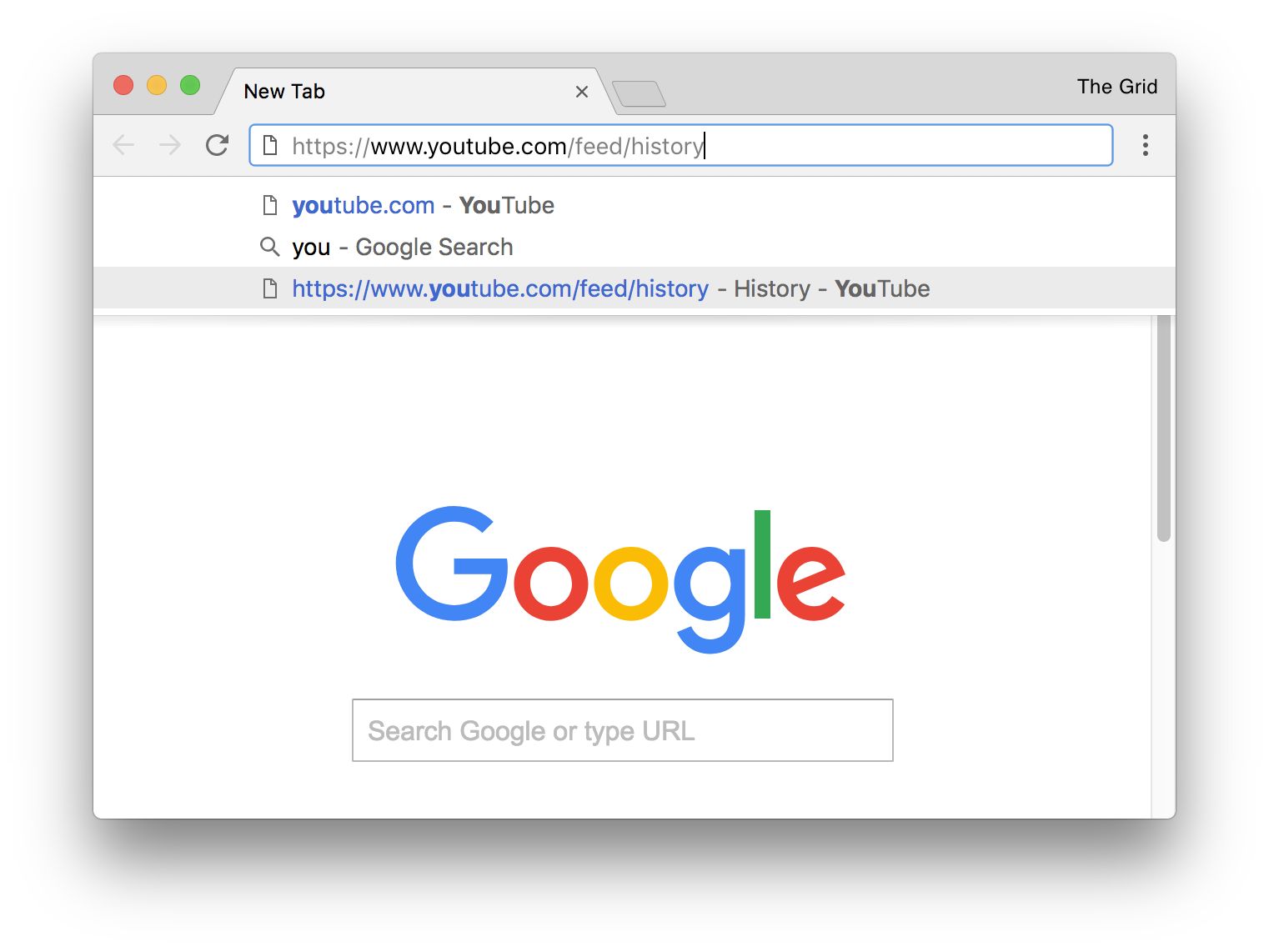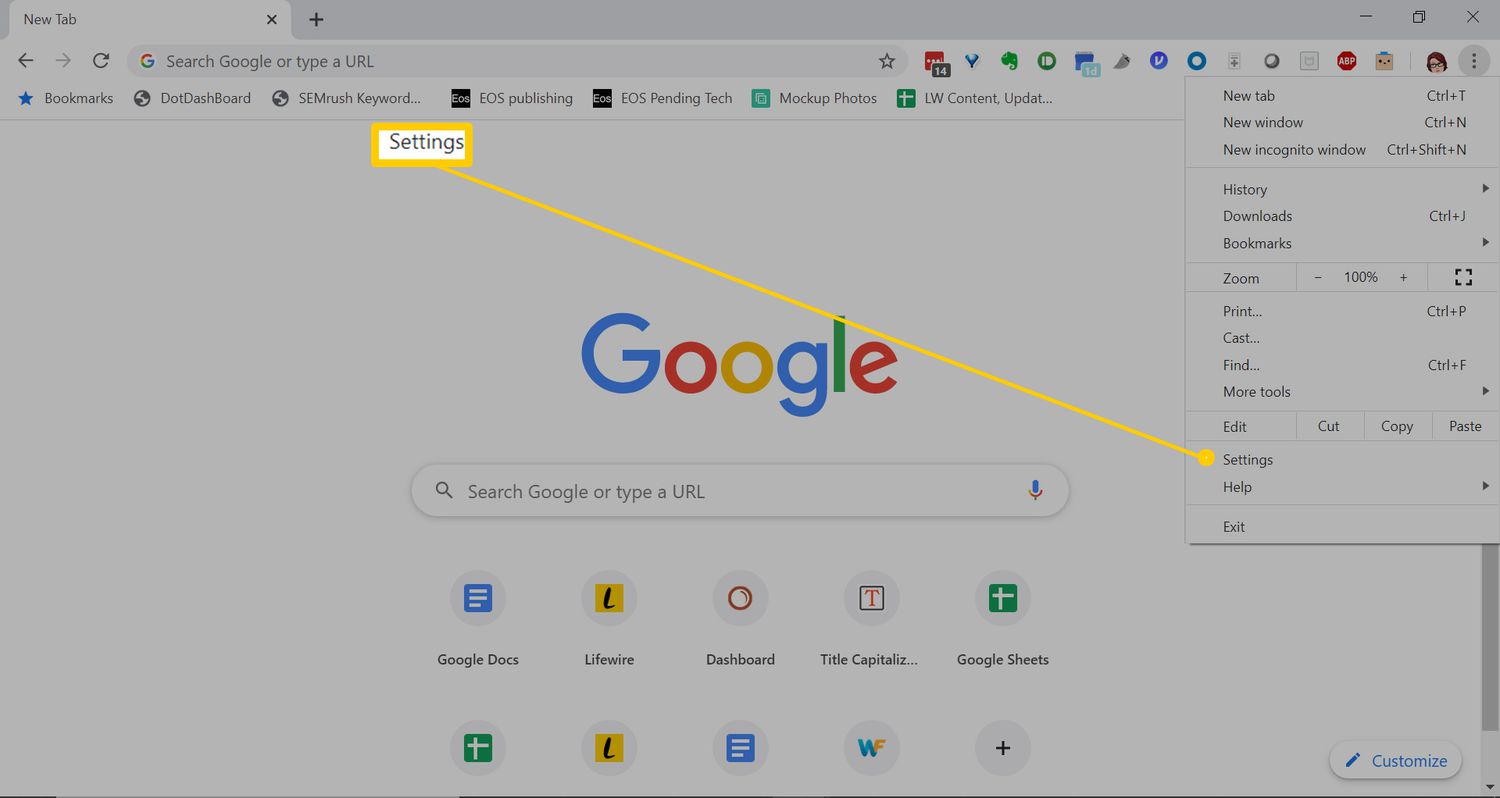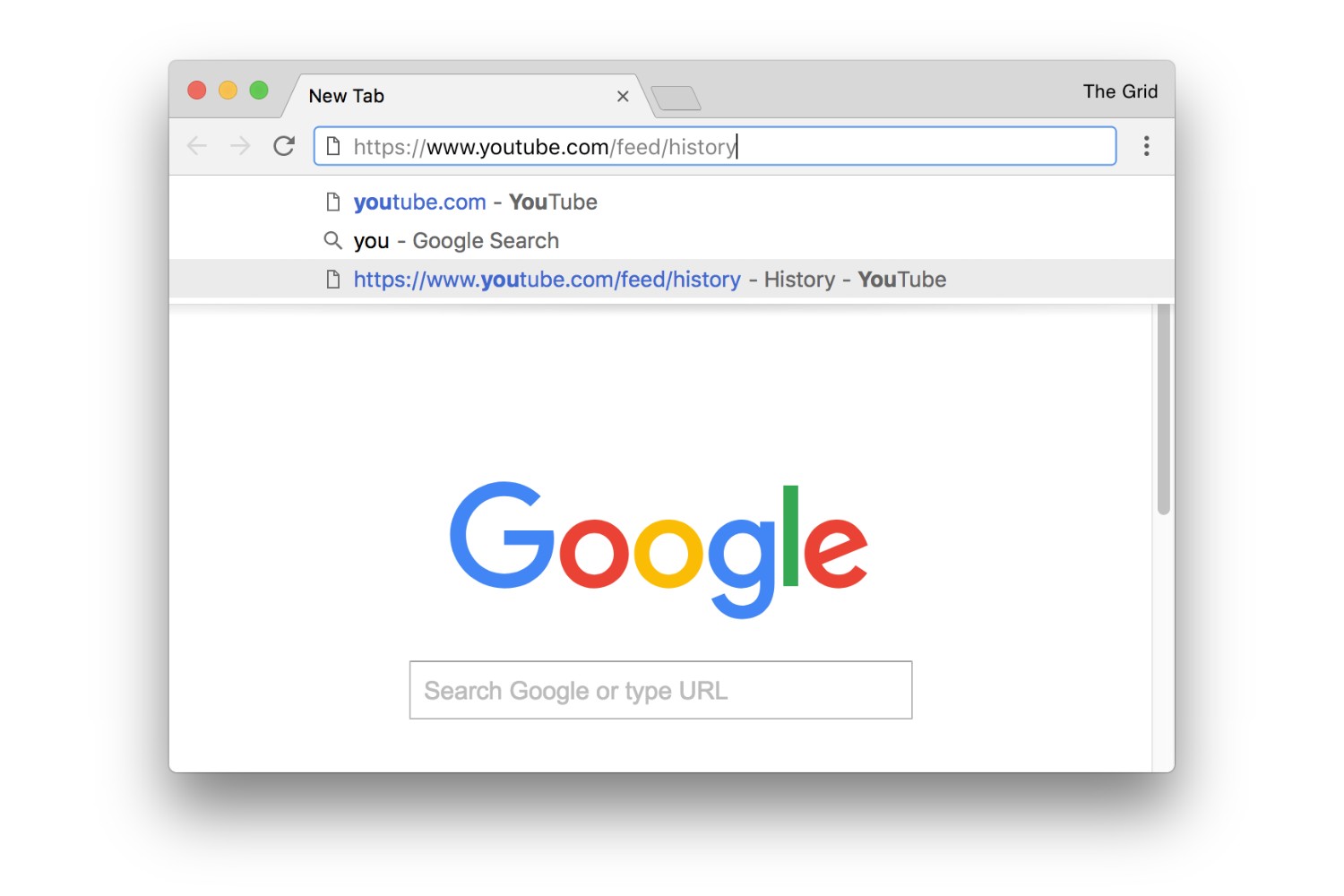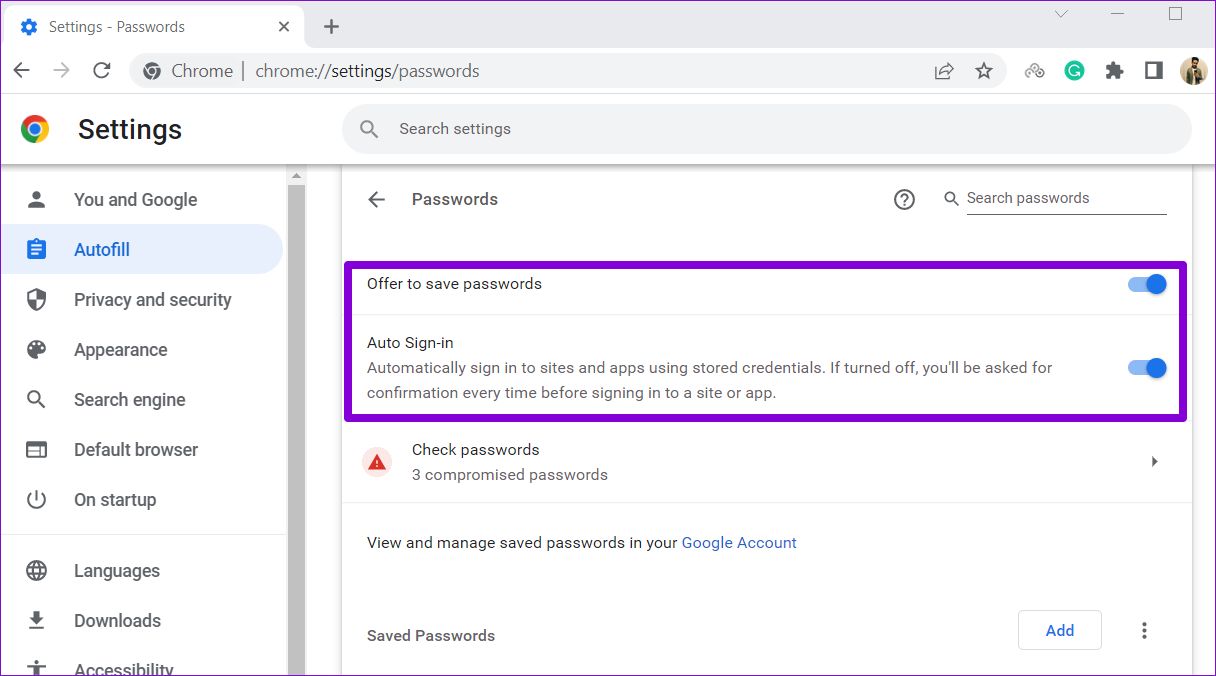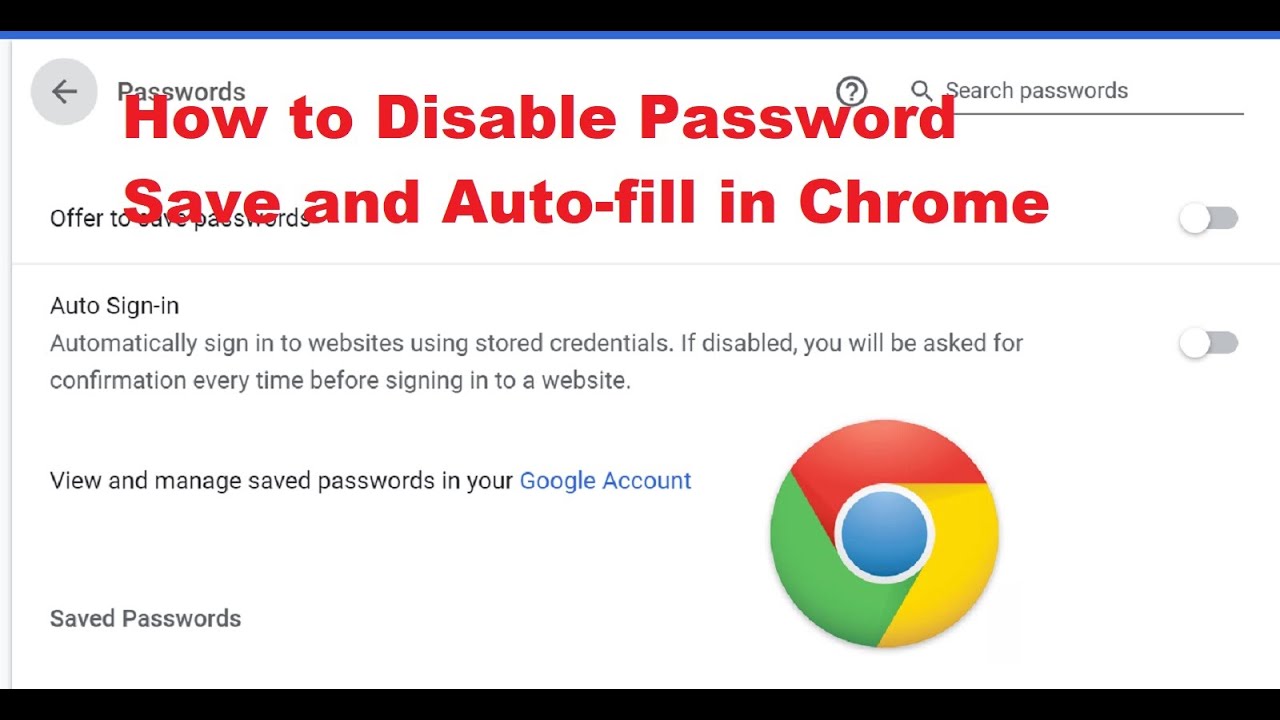Introduction
When it comes to browsing the web, Google Chrome stands out as one of the most popular and versatile web browsers available. Its user-friendly interface, robust features, and seamless integration with Google services make it a top choice for millions of users worldwide. One of the convenient features offered by Chrome is the autofill function, which automatically populates forms with saved information, such as usernames, passwords, addresses, and payment details. While this feature can undoubtedly save time and effort, there are instances when users may prefer to disable it.
In this article, we will delve into the reasons why one might want to disable the autofill feature in Chrome and explore the step-by-step process of doing so. Whether you're concerned about privacy and security or simply prefer to have more control over the information entered into forms, understanding how to disable autofill in Chrome can significantly enhance your browsing experience. So, let's dive into the details and learn how to take charge of your autofill settings in Chrome.
Why Disable Autofill in Chrome
Autofill is a convenient feature that aims to streamline the process of filling out online forms by automatically populating fields with saved information. While this functionality can undoubtedly save time and effort, there are several compelling reasons why users may choose to disable autofill in Chrome.
Privacy and Security Concerns
One of the primary reasons users opt to disable autofill in Chrome is to mitigate privacy and security risks. Autofill stores sensitive information, including usernames, passwords, addresses, and payment details. If a device is shared or accessed by unauthorized individuals, this stored data could be compromised, potentially leading to identity theft, unauthorized purchases, or other security breaches. By disabling autofill, users can exert greater control over their personal information and reduce the risk of unauthorized access.
Accidental Form Completion
Autofill can sometimes lead to inadvertent form completion, especially when multiple profiles or outdated information are stored. This can result in errors or confusion when submitting forms, particularly if the autofilled data is no longer accurate or relevant. Disabling autofill allows users to manually input information, reducing the likelihood of errors and ensuring that the most up-to-date details are provided.
Customization and Control
Disabling autofill in Chrome provides users with a greater degree of customization and control over their browsing experience. By manually entering information into forms, users can ensure that specific details are tailored to each unique context, such as varying shipping addresses or payment methods. This level of customization can be particularly beneficial for individuals who value precision and prefer to review and confirm each entry before submission.
Enhanced User Experience
In some cases, the autofill feature may not align with a user's browsing habits or preferences, leading to a less-than-ideal user experience. Disabling autofill allows users to interact with online forms in a manner that best suits their individual needs and habits, potentially improving overall satisfaction and efficiency when navigating the web.
By understanding the reasons behind disabling autofill in Chrome, users can make informed decisions about whether to utilize this feature based on their specific privacy, security, and user experience considerations. Now, let's explore the practical steps to disable autofill in Chrome and take control of this feature to enhance your browsing experience.
How to Disable Autofill in Chrome
Disabling the autofill feature in Chrome is a straightforward process that empowers users to take control of their browsing experience. Whether it's for privacy, security, or customization reasons, understanding how to disable autofill in Chrome can significantly enhance your online interactions. Here's a step-by-step guide to help you disable autofill in Chrome:
Method 1: Disabling Autofill for Addresses and More
-
Open Chrome Settings: Begin by launching Google Chrome and clicking on the three-dot menu icon located in the top-right corner of the browser window. From the dropdown menu, select "Settings" to access the browser's configuration options.
-
Access Autofill Settings: Within the Settings menu, scroll down and click on "Autofill" in the left-hand navigation pane. This will open the Autofill settings, where you can manage various autofill options, including addresses, payment methods, and more.
-
Disable Autofill Options: To disable autofill for addresses, simply toggle off the switch next to "Addresses" under the Autofill section. This action will prevent Chrome from automatically populating address fields in online forms.
-
Additional Customization: If desired, you can further customize autofill settings by managing payment methods, passwords, and other form data based on your preferences. Simply toggle the corresponding switches to enable or disable specific autofill categories.
Method 2: Clearing Autofill Data
-
Access Chrome Settings: Similar to the first method, navigate to Chrome's Settings menu by clicking on the three-dot icon and selecting "Settings."
-
Clear Browsing Data: Within the Settings menu, locate and click on "Privacy and security" in the left-hand navigation pane. Then, select "Clear browsing data" to access the data clearance options.
-
Choose Autofill Data: In the Clear browsing data menu, ensure that the "Autofill form data" option is selected. You can also choose the time range for which you want to clear the autofill data, such as the past hour, day, week, or all time.
-
Clear Data: Once you've made your selections, click on the "Clear data" button to remove all autofill form data from Chrome.
By following these simple steps, you can effectively disable the autofill feature in Chrome, providing you with greater control over your browsing experience and the information entered into online forms. Whether you opt to disable autofill for addresses, payment methods, or other form data, these methods empower you to tailor Chrome's autofill functionality to align with your specific preferences and privacy considerations.
Now that you have the knowledge and tools to disable autofill in Chrome, you can navigate the web with enhanced control and confidence, ensuring that your browsing experience is tailored to your individual needs and priorities.
Conclusion
In conclusion, understanding how to disable the autofill feature in Chrome empowers users to take control of their browsing experience, enhance privacy and security, and customize form interactions to align with their individual preferences. By exploring the reasons behind disabling autofill and learning the practical steps to do so, users can make informed decisions about leveraging this feature based on their specific needs and priorities.
Disabling autofill in Chrome can be particularly beneficial for individuals who prioritize privacy and security. By preventing the automatic population of sensitive information, such as addresses and payment details, users can mitigate the risk of unauthorized access and potential data breaches. This proactive approach to safeguarding personal information aligns with the growing emphasis on digital privacy and the importance of protecting sensitive data in an increasingly interconnected online landscape.
Furthermore, the ability to disable autofill provides users with a greater degree of customization and control over their browsing experience. By manually entering information into online forms, users can ensure that each entry is tailored to the specific context, whether it involves varying shipping addresses, payment methods, or other form data. This level of customization fosters a more personalized and deliberate approach to interacting with online forms, potentially leading to a more seamless and efficient browsing experience.
Additionally, by disabling autofill, users can reduce the likelihood of accidental form completion and errors resulting from outdated or inaccurate autofilled data. This proactive measure allows individuals to review and confirm each entry before submission, contributing to a more accurate and reliable form-filling process.
In essence, the ability to disable autofill in Chrome represents a valuable tool for users seeking to enhance their browsing experience, prioritize privacy and security, and exert greater control over the information entered into online forms. By following the step-by-step methods outlined in this article, users can confidently navigate the web with a heightened sense of control and assurance, ensuring that their browsing experience is tailored to their specific needs and preferences.
Ultimately, the knowledge and practical insights gained from understanding how to disable autofill in Chrome empower users to make informed decisions about managing their online interactions, fostering a more personalized, secure, and efficient browsing experience.







